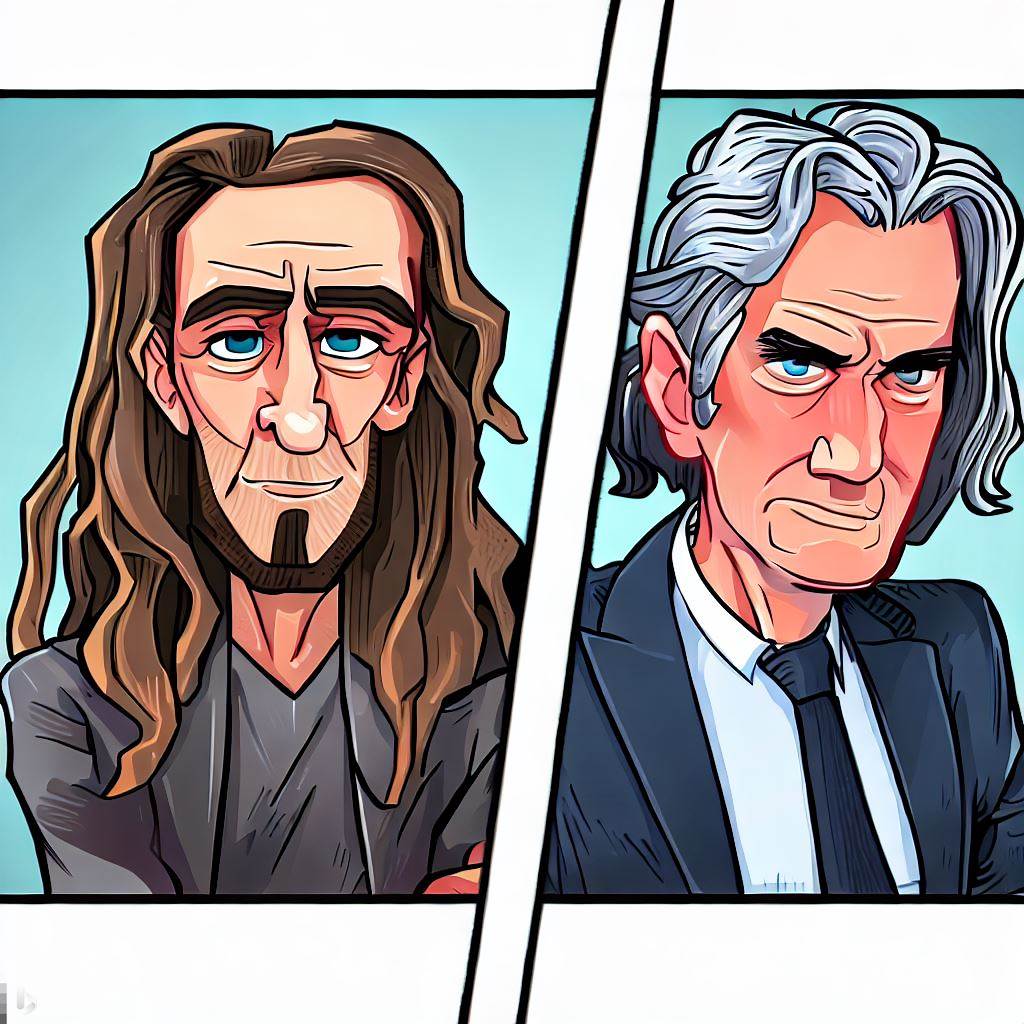What can occur in half a second? That’s the average reaction time for a human to respond to external changes. For a computer AI, this same 500-millisecond timeframe can be perceived as almost infinite. Within that seemingly short span, a computer can make numerous predictions about what a human might do after these 500 milliseconds of ‘slow’ human processing.
Within a mere five seconds, I discovered that my computer had frozen, prompting me to decide to restart it. Upon rebooting, I was met with the stark reality that my chat with Chat YouTube had vanished into the ether. I had been engaging in a captivating conversation about a YouTube video featuring Jordan B Peterson and Brian Roemmele.
Without my supporting chat or note-taking with Chat YouTube, I felt partially lost. Attempting to reconstruct the video, my parallel chat, thoughts, and conclusions were swirling around in my mind. How can one create anything of value when they have lost their notes and intellectual compass? But let’s improvise on what comes to mind:
Peterson was intrigued by Roemmele’s method of circumventing the guard rail filters that Open AI has imposed on ChatGPT. Roemmele utilizes a technique akin to hypnosis to access the truly creative aspects of ChatGPT. Once he achieves this, he pulls back slightly, allowing ChatGPT to partially return to a “conscious” state. In this state, the AI resembles the human experience of hypnagogic hallucinations—those that occur as we’re drifting off to sleep.
Often, hypnagogic hallucinations are considered a significant state for creativity. When the conversation turned towards creativity, Peterson argued that it also involves a sense of restriction. He referred to a Stanford University database containing over 40,000 unique haikus about the meat product, Spam. He suggested that these restrictions had fostered creativity, rather than stifling it.
Roemmele raised an insightful point about the “psychology” of Chat GPT 4, prompting a discussion on what the AI truly is. According to him, GPT should not be perceived as a fact machine, but rather as a reasoning machine. This understanding could potentially unlock even greater capabilities from ChatGPT.
At this point, my human memory momentarily ran out of recollections about the interview. I’ll brew a cup of coffee and then play around with a different AI: DALL-E 2. You can find my experiments with prompting digital collector plates on Instagram at Collectorplates by DALL-E.
Lastly, here’s an alternative image for this blog post, a collaboration between Bing and Dall-e.


Leave a Reply